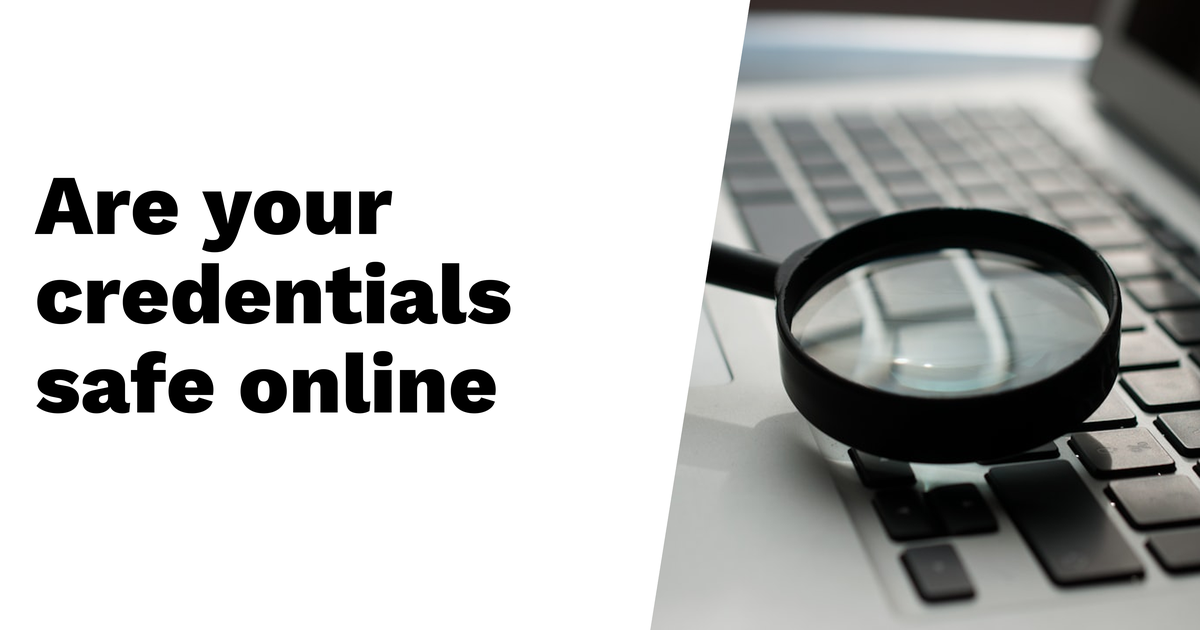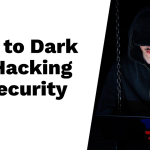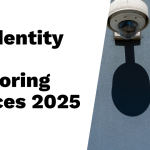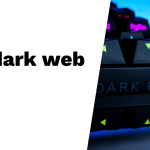Dark web monitoring is essential for keeping your credentials safe in today’s digital world. These services continuously scan the dark web to find sensitive information that may have been stolen, like personal data or login details. They work like specialized search engines, alerting users when their information has been compromised. This allows individuals and businesses to act quickly against potential threats. Yet, while these tools provide valuable insights into risks, they do have limitations, like the possibility of false alerts or the difficulty of accessing certain encrypted data. Overall, incorporating dark web monitoring can significantly bolster data protection efforts for everyone concerned about security.
Table of Contents
- Understanding Dark Web Monitoring
- How Dark Web Monitoring Works
- Key Features of Dark Web Monitoring
- Benefits of Dark Web Monitoring
- Who Needs Dark Web Monitoring?
- Challenges and Limitations
- Preventive Measures for Data Security
- Top Dark Web Monitoring Services
- Frequently Asked Questions
1. Understanding Dark Web Monitoring

dark web monitoring is a vital security measure that involves scanning the dark web for sensitive data, such as stolen credentials and personal information. This process is essential in today’s digital landscape, as cybercriminals often sell or share compromised data on various dark web platforms. By tracking this information, both individuals and organizations can identify potential cyber threats before they escalate.
The types of information commonly monitored include email addresses, passwords, and other personal identifiers. Automated tools are typically employed to conduct continuous scanning, ensuring that data is monitored in real-time. When compromised information is found, alerts are sent to users, allowing them to take swift action to mitigate risks.
It’s crucial to understand the distinction between surface web and dark web monitoring. While the surface web is what most people access daily, the dark web is a hidden part of the internet often associated with illegal activities. Many misconceptions exist about the dark web, leading some to underestimate its dangers. However, dark web monitoring plays a significant role in an overall cybersecurity strategy, helping to protect personal and corporate data.
Real-world examples highlight the successes of dark web monitoring services. For instance, a major corporation discovered that their employee credentials were being sold on the dark web, allowing them to act quickly and prevent potential breaches. In summary, dark web monitoring is not just a reactive measure; it is a proactive tool that enhances security by keeping a watchful eye on compromised data.
2. How Dark Web Monitoring Works
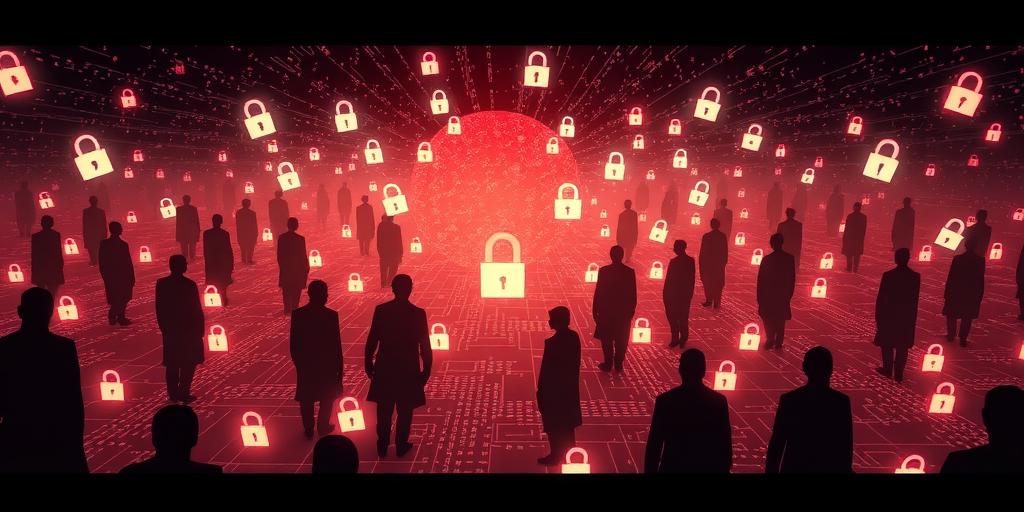
dark web monitoring services employ various technologies to continuously scan hidden parts of the internet for sensitive information. These services utilize automated tools that act like search engines, specifically designed to delve into dark web sites, forums, and marketplaces. They look for stolen credentials, personal identification details, and other sensitive data that cybercriminals might share or sell.
Keyword searches play a crucial role in this process, as they help pinpoint specific terms related to compromised data. By analyzing data patterns and trends, monitoring services can identify potential threats more effectively. Artificial intelligence and machine learning enhance these capabilities, allowing for more nuanced searches and reducing the time it takes to identify compromised information.
When a monitoring service detects data that matches the specified keywords, it triggers an alert to the user. This immediate notification enables individuals or organizations to take swift action, such as changing passwords or implementing additional security measures. Data encryption is vital in this context, as it helps maintain privacy and ensures that sensitive information is not exposed during the monitoring process.
Additionally, dark web monitoring services often integrate with other cybersecurity tools, adding an extra layer of protection. Monitoring may occur continuously or at regular intervals, depending on the service provider. Alerts can be triggered by various factors, including the discovery of specific keywords or unusual activity patterns.
Human analysts also play a role in verifying potential threats. They review automated alerts to ensure that they represent genuine risks, helping to minimize false positives. For instance, a service may alert a user about a potential breach, and an analyst will confirm whether the threat is valid or a misinterpretation of the data.
Case studies illustrate the effectiveness of dark web monitoring practices. For example, a financial institution might discover a list of stolen customer credentials on a dark web forum before any fraudulent activity occurs. This proactive approach allows them to notify affected customers and tighten security measures, ultimately protecting their reputation and customer trust.
3. Key Features of Dark Web Monitoring
Dark web monitoring services offer a range of key features designed to keep your credentials safe. One of the core components is the use of automated monitoring tools that continuously scan dark web sites for any signs of compromised data, such as usernames and credit card information. These tools act like specialized search engines, helping users identify potential threats before they escalate.
Customization options are also vital, allowing users to set specific alerts based on their unique needs. This means you can focus on monitoring the data that matters most to you, receiving notifications when something suspicious is detected. Real-time alerts play a crucial role in how quickly you can respond to threats, enabling you to take action before stolen information is exploited.
Threat intelligence is another important feature, providing insights into ongoing activities and emerging risks on the dark web. This information can be integrated into broader security strategies, enhancing your overall cybersecurity posture. User-friendly dashboards make it easy to monitor the status of your alerts and understand the level of risk you face.
Many monitoring services collaborate with law enforcement agencies, which can be invaluable in recovering compromised data. Historical data analysis helps users identify patterns over time, allowing for proactive measures to be taken. Additionally, these services support monitoring for various types of sensitive information, including personal details and corporate data, across multiple domains and dark web sources. Feedback mechanisms are also in place to allow users to report false positives, ensuring that alerts remain relevant and accurate.
4. Benefits of Dark Web Monitoring
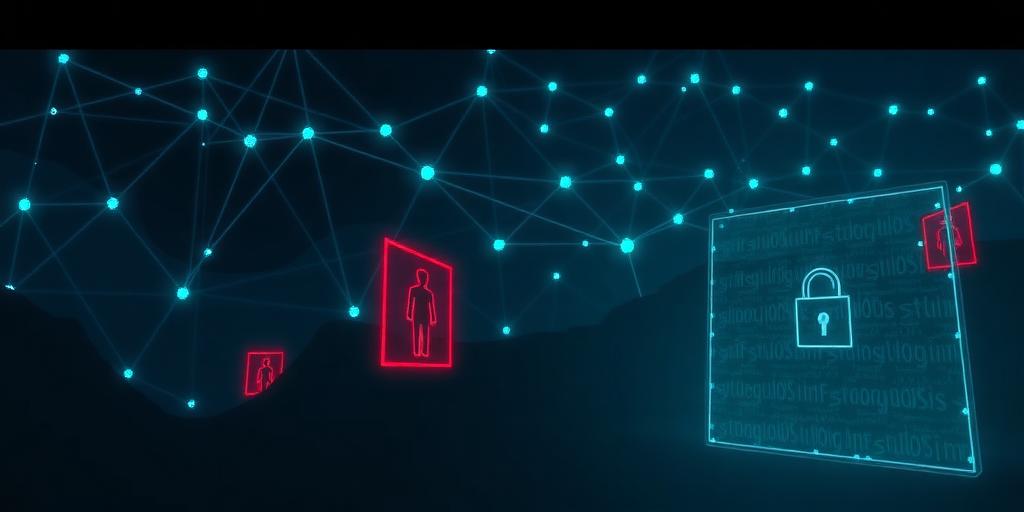
Dark web monitoring offers several important benefits for both individuals and businesses. One key advantage is the early warning it provides about potential data breaches or identity theft. This proactive approach allows users to respond quickly, preventing further misuse of their compromised information. Additionally, having dark web monitoring in place brings peace of mind, knowing that sensitive data is being actively protected. Organizations can take steps to enhance compliance with data protection regulations, which is increasingly important in a world where data privacy laws are evolving. Furthermore, by identifying threats early, businesses can reduce potential financial losses related to fraud, ultimately protecting their bottom line.
Another significant benefit is the boost in customer trust that arises from effective data protection. When customers know that a company is actively monitoring for threats and safeguarding their information, they are more likely to engage and remain loyal. Dark web monitoring also streamlines incident response processes, allowing teams to act swiftly when threats are detected. This support is invaluable for internal security teams, as it aids in threat assessments and enhances overall security posture.
Moreover, users gain access to expert insights and advice on cyber threats, helping them stay informed about the ever-evolving landscape of risks. In the long run, maintaining a secure data environment through dark web monitoring not only protects against immediate threats but also fosters a culture of security awareness and resilience.
5. Who Needs Dark Web Monitoring?
Dark web monitoring is essential for various groups that face increased risks due to the sensitive nature of their data. High-profile individuals, such as celebrities and public figures, are prime targets for identity theft and personal data breaches. Small to medium-sized businesses that handle sensitive customer information also need monitoring, as they may lack the resources for robust cybersecurity measures. Larger enterprises, with vast customer bases and extensive data assets, must protect against potential threats that could lead to significant financial losses and reputational damage.
Nonprofits and NGOs often store sensitive information, making them attractive targets for cybercriminals. Healthcare organizations must comply with strict regulations regarding patient data, making dark web monitoring vital to safeguard this sensitive information. Financial institutions operate under rigorous regulatory standards and are frequently targeted by cyber attacks, necessitating constant vigilance. E-commerce platforms that process customer payment information also face risks, as compromised data can lead to fraud and loss of trust.
Educational institutions, which maintain extensive student records and research data, are not immune to these threats. Professionals in high-stakes industries, such as law and finance, must also prioritize dark web monitoring to protect sensitive client information. Lastly, anyone who has experienced a data compromise in the past should consider these services, as their information may still be circulating in the dark web, putting them at ongoing risk.
6. Challenges and Limitations
The dynamic nature of the dark web poses significant challenges for monitoring services. The landscape is constantly changing, with new sites and forums appearing regularly, making it difficult to keep track of all potential threats. Automated data collection methods, while efficient, have limitations. They may miss sensitive information that resides in encrypted areas or private sections of the dark web, leaving users unaware of threats that could impact them. Additionally, verifying the authenticity of the data found is a complex task. Cybercriminals often use false or misleading information, leading to uncertainty about whether a detected compromise is genuine.
Furthermore, the reliance on automated alerts can result in false positives, where users receive notifications based on keywords rather than context. This can create unnecessary anxiety and distract from real threats. Dark web monitoring is inherently reactive, alerting users only after their data has been compromised, which may not provide enough time for effective response. Continuous updates to monitoring technologies are essential to keep up with the evolving tactics of cybercriminals, but this can also incur additional costs.
The landscape of regulations governing data privacy and monitoring practices is also shifting. As laws change, monitoring services must adapt, which can complicate compliance efforts. Relying solely on dark web monitoring without implementing other security measures can be risky. It is crucial for individuals and organizations to adopt a multi-layered approach to cybersecurity to ensure comprehensive protection.
7. Preventive Measures for Data Security
Regular security audits and assessments are essential for identifying potential vulnerabilities in your systems. Conducting these audits allows organizations to understand their security posture and take corrective actions before an incident occurs. Creating strong, unique passwords is another fundamental step. Passwords should be complex, combining letters, numbers, and special characters, and using a password manager can help keep them organized. Security education for employees and individuals is crucial as well, equipping them with the knowledge to recognize threats like phishing attempts and social engineering attacks.
Using VPNs can enhance online privacy, especially when accessing public Wi-Fi, as they encrypt your internet traffic. Regularly updating software and systems is necessary to patch known vulnerabilities that cybercriminals may exploit. Encryption plays a critical role in safeguarding sensitive information, ensuring that even if data is intercepted, it remains unreadable to unauthorized users. Cautious online behavior is vital; individuals should be aware of the types of information they share and where they share it.
When sharing personal information, always use secure connections, indicated by HTTPS in the web address. Establishing clear data handling and disposal policies helps manage sensitive information effectively, reducing the risk of accidental exposure. Finally, having an incident response plan and training ensures that organizations are prepared to act swiftly in the event of a data breach, minimizing damage and recovery time.
- Importance of regular security audits and assessments
- Guidelines for creating strong, unique passwords
- The role of security education for employees and individuals
- Using VPNs to enhance online privacy and security
- Regularly updating software and systems to patch vulnerabilities
- Safeguarding sensitive information through encryption
- Encouraging cautious behavior online, including phishing awareness
- Utilizing secure connections when sharing personal information
- Establishing clear data handling and disposal policies
- The benefits of incident response planning and training
8. Top Dark Web Monitoring Services
When it comes to dark web monitoring, several services stand out due to their unique features and pricing structures. For individuals, services like Norton LifeLock and Bitdefender Digital Identity Protection offer robust monitoring, focusing on personal information and identity theft protection. User reviews often praise their ease of use and effectiveness in alerting users about potential threats. Pricing for individual plans generally ranges from $10 to $30 per month, depending on the level of protection.
For businesses, SpyCloud, Constella Intelligence, and ZeroFox are notable players. These services typically provide more comprehensive features, such as incident response and threat intelligence integration. Businesses can expect to pay anywhere from $200 to $1,000 monthly, based on the size of the organization and the scope of monitoring needed. User feedback highlights the importance of tailored solutions for different industries, emphasizing that these services can effectively manage sensitive data.
Customer support also plays a crucial role in the effectiveness of these services. Many top providers offer 24/7 support, ensuring that users can get assistance whenever needed. Innovative features, like real-time alerts and integration with existing security frameworks, help set these services apart. Additionally, potential users might appreciate trial periods or money-back guarantees, allowing them to test the services before committing. As dark web monitoring continues to evolve, future trends may include enhanced AI capabilities, making the detection of compromised data even more precise and timely.
| Service Name | Target Audience | Key Features | Pricing Structure | Customer Support |
|---|---|---|---|---|
| Norton LifeLock | Individuals | Identity theft protection, comprehensive monitoring, real-time alerts | Varies by plan | 24/7 customer support |
| Bitdefender Digital Identity Protection | Individuals | Data breach alerts, dark web monitoring, recovery assistance | Varies by plan | Online support and resources |
| SpyCloud | Businesses | Credential exposure monitoring, account takeover protection, incident response | Custom pricing based on needs | Dedicated account managers |
| Constella Intelligence | Businesses | Data breach discovery, threat intelligence, custom monitoring | Customized plans available | Regular check-ins and support |
| ZeroFox | Businesses | Social media monitoring, brand protection, phishing detection | Enterprise-level pricing | Dedicated support teams |
Frequently Asked Questions
1. What is dark web monitoring and how does it work?
Dark web monitoring is a service that checks the dark web for your personal information, like email addresses or passwords. It works by scanning websites and forums on the dark web where stolen data might be sold or shared.
2. Who needs dark web monitoring services and why?
Anyone who is concerned about their online safety should consider dark web monitoring. It is especially important for people whose information might be at risk, such as those who have been victims of data breaches or identity theft.
3. What type of information can dark web monitoring find?
Dark web monitoring can find various types of information, including stolen email addresses, passwords, Social Security numbers, and credit card details, which may be up for sale or misuse by cybercriminals.
4. How can I tell if I have been affected by a data breach?
You can often tell if you have been affected by signing up for dark web monitoring services that notify you if your information is found on the dark web. Additionally, you might receive alerts or communications from companies if they discover your data has been compromised.
5. What should I do if my information is found on the dark web?
If your information is found on the dark web, you should take immediate action, like changing your passwords, setting up identity theft protection, and monitoring your financial accounts closely for any unusual activity.
TL;DR Dark web monitoring helps protect sensitive information by scanning the dark web for stolen credentials and personal data. These services continuously monitor dark web sites, providing alerts when compromised data is found, enabling quick responses and enhancing overall cybersecurity. They are essential for businesses, individuals concerned about identity theft, and high-value targets. While dark web monitoring is valuable, it has challenges such as false positives and limited data access. Preventive measures like strong passwords and two-factor authentication are also crucial. Top services include Norton LifeLock for individuals and SpyCloud for businesses.

